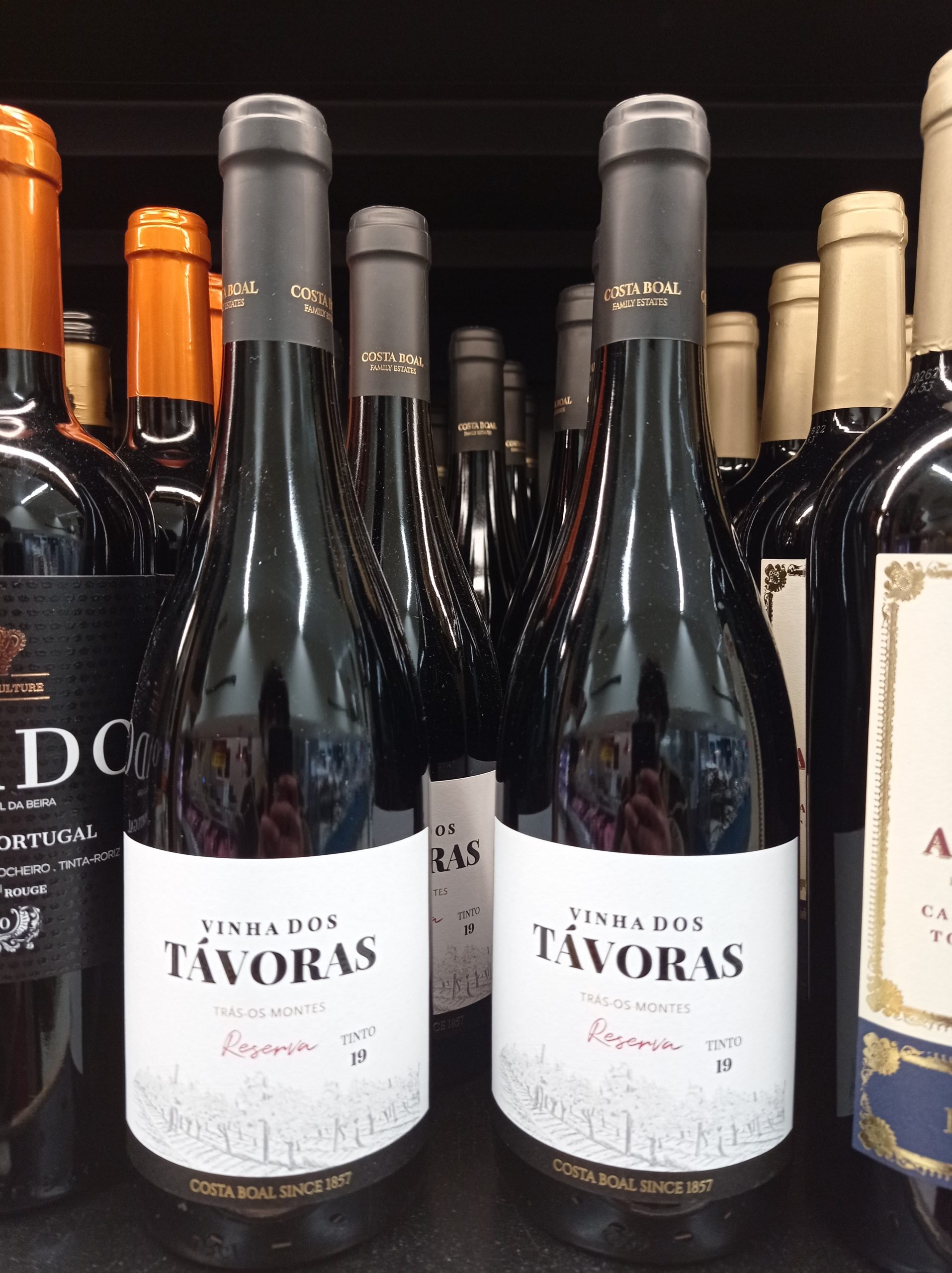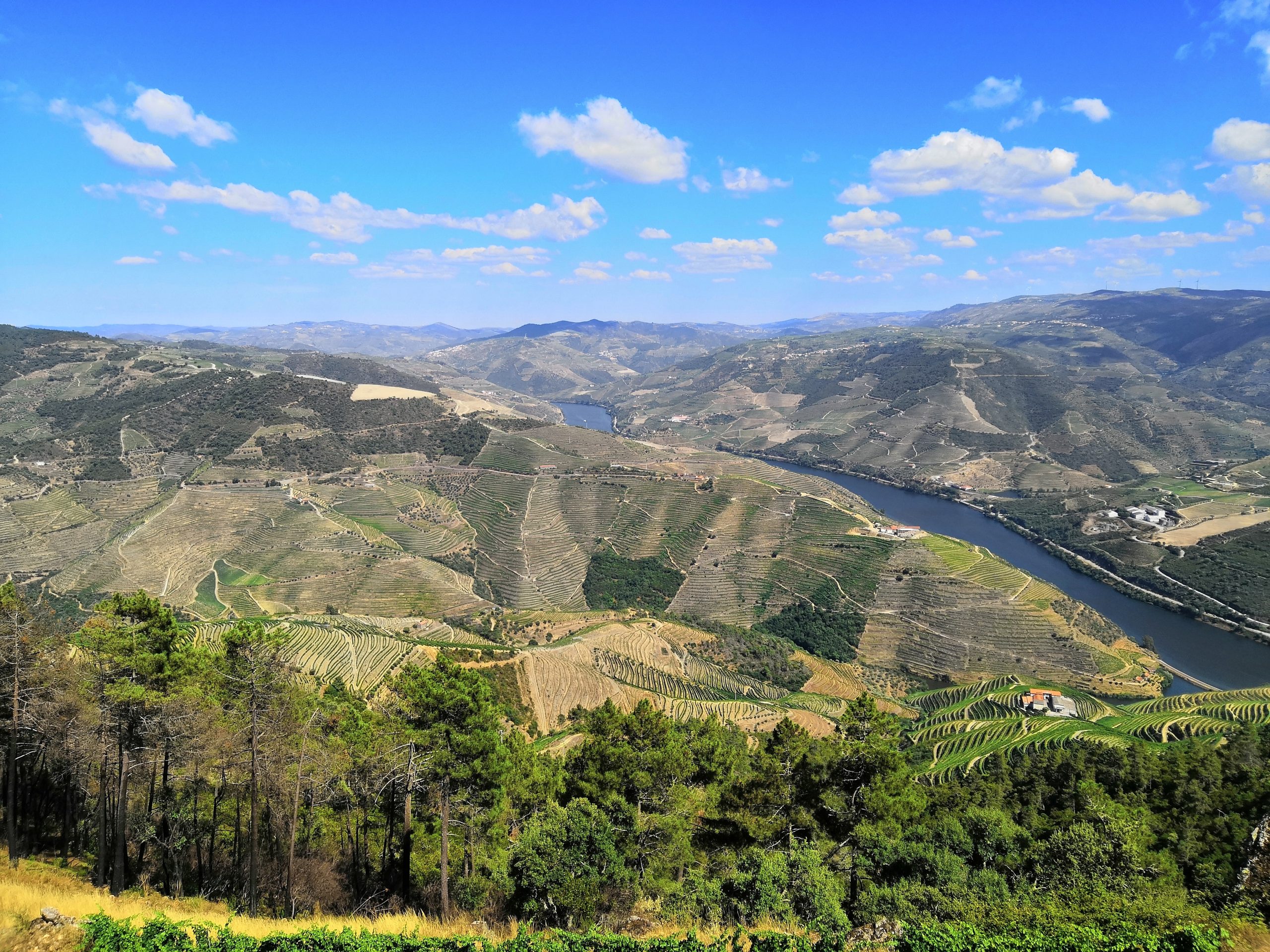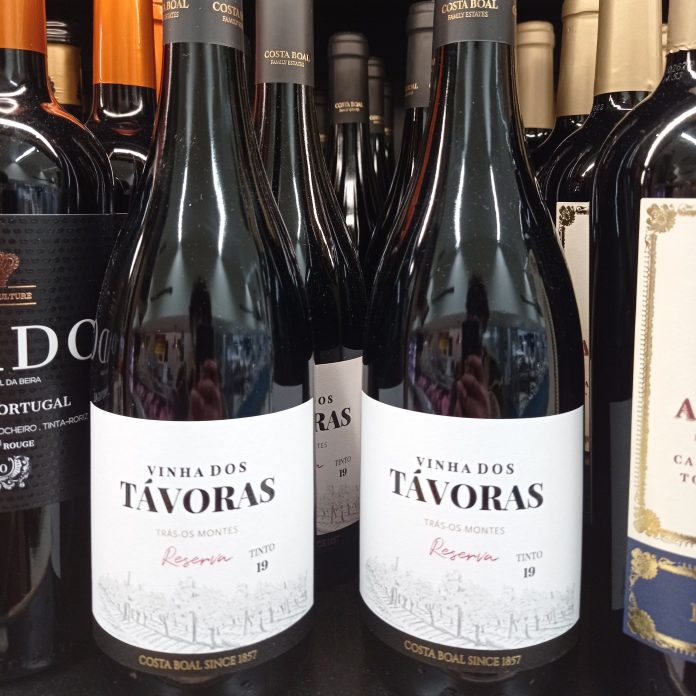
On the interior of the North of Portugal stands a beautiful region that is still very unknown outside of the country. It’s Trás-os-Montes, its name coming from its location: behind the mountains.
The region’s borders are the mountains of Marão and Alvão and the Douro River, standing on the top eastern corner of Portugal, surrounded by Spain on its North and East. It’s known for its amazing food and natural places, but also as the mother region of the other official language of Portugal: Mirandese.
The wine from this region, with the designation ‘Transmontano VR’ (VR meaning ‘Vinho Regional’, or Regional Wine), is also relatively unknown. However, it was still the first Portuguese wine to get to Nepal!
The region houses around 10.000 hectares of vineyards, divided through 110 producers, and generates nearly 3 million bottles of certified wine, one of the lowest productions in the country.
Some areas inside of the Trás-os-Montes wine region are also classified as a DOC, or ‘Denominação de Origem Controlada’ (Controlled Origin Denomination), but not all the wine region.
The region has vineyards standing in soils with a lot of schist and granite, and at an altitude of 200 to 700 meters, Montalegre has the highest vineyard in the whole of Portugal! The different altitude in which the grapes are grown creates different wines, with the ones produced in cooler high altitude places being more light-bodied, while the lower altitude ones are more full-bodied and high in alcohol percentage.
This lesser known wine is starting to get more and more recognized, both throughout the world and inside of Portugal itself, with lots of recently graduated young people investing in producing wine in the region. So learn more about this wine to get ahead!
History of Trás-os-Montes Wine
This region standing ‘behind the mountains’ of the North is huge and with special characteristics. You can find everything in this place, from lush green valleys, passing through olive groves and other fruit trees, until you get to the long stunning vineyards.
Paradoxically, the most recent DOC in the country is one that has a really ancient history. The production of wine in Trás-os-Montes started millennia ago, with wine presses of both the Romans and Pre-Roman peoples being found carved into several of the region’s rocks. The existence of old vineyards with century-old wine varieties also demonstrates the region’s quality and winemaking tradition.
In 2006, the ‘Indicação Geográfica Transmontano’ (Transmontano Geographical Identification), or IG Transmontano, was recognized, referring to the whole Trás-os-Montes region and making all wines grown there able to have this identification. In that same year, based on the altitude of the vineyards, their solar exposition, climate and the soils composition, subregions were delimited and the DOC Trás-os-Montes was created, composed of only the best quality lands.
The control and protection of both the DOC and the IG is made by the ‘Comissão Vitivinícola Regional de Trás-os-Montes’ (Regional Wine Commission of Trás-os-Montes), created in 1997, that has the goal of protecting and ensure the quality and authenticity of the wines produced in the region. This Commission helped develop the region and make the Trás-os-Montes wines known throughout the country and the world.
The wines are one of the less known in Portugal and the world, but still around 20% of its wines are made for export to countries with a large Portuguese presence, mainly Brazil. This is because this region is one of the historical provinces that has the biggest number of emigrants and that suffers the most with loss of population. This wine, known and consumed by the people from the region, is therefore bought by the emigrant population worldwide.
Subregions of Trás-os-Montes Wine
The DOC Trás-os-Montes is made out of 3 subregions. These were chosen with the criteria that we’ve mentioned before, due to the regions multiple microclimates, soil difference and the adaptability of the different grapes to the conditions of each place.
The name of these subregions can be found on the label, next to the region’s name. These are:
- Chaves: Right on the northern border with Spain, on a region famous for its thermal waters, the vineyards here are usually on the hills of small valleys of the Tâmega River. The soils are mainly granitic with several schist areas and the altitude is usually of 250-300 meters above sea level. Here, there are high levels of rainfall and humidity.
- Planalto Mirandês: Placed on a plateau in the Mogadouro Mountain, on the southwest part of the region, the Douro River is the one that bathes these vineyards. The terrain is mainly made out of schist, with an altitude of around 350 to 600 meters. There are many variations of temperature and low levels of humidity and wind. This, together with the traditional way of conducting the vines, named ‘cabeça de salgueiro’ (willow head), allows for a better vine control and the protection against several vine diseases, creating a more biological type of agriculture.
- Valpaços: On the center of the so-called ‘Terra Quente’ (or Warm Land) of Trás-os-Montes, this subregion is very rich in water. Its wine production definitely dates back to the Roman times, since this is the region with the most wine presses dug on rocks. The soils have a bigger incidence of schist, but there are still many granitic terrains, and the vineyards are anywhere from 450-650 meters high. As for the climate, there are higher temperatures and lower humidity in the summer, as well as less rainfall.
The ‘cabeça de salgueiro’ method consists of conducting the vines at 30 centimeters, with 4 to 5 small beads. The grapes are protected inside the vines, avoiding getting burned by the sun and secured from the morning winds and the humidity. The morning moisture stays outside the plant and the grapes stay dry.
This makes so that the good hygiene of the vines requires little to no treatment. This is why agriculture is more biological here, with the General Directorate of Agriculture and Rural Development affirming that 36% of the total area of biological agriculture in Portugal exists in Trás-os-Montes.
Overall, the region’s climate is dry and hot in the summer and bellow 0ºC in winter. This allows for a slower aging process, with enough time to develop aromatic precursors and less acid degradation. The soils being of poor quality, as we’ve seen, essentially granitic and schist.
Grape and Wine Types

The grape type that is planted the most in the region is Tinta Roriz, used in all of the 3 subregions, with the second one being Tinta Amarela, or Trincadeira, and the third one, Tinta Gorda, being exclusive to the Planalto Mirandês area. All of these are red wine grapes.
The main red grapes used in the region are Bastardo, Tinta Gorda, Tinta Roriz, Marufo, Touriga Franca, Touriga Nacional and Trincadeira. These wines are usually very fruity and a bit astringent. The texture is very structured and has the right acidity, not being overly nor poorly acid, besides its usually high alcohol content. They are robust but very nice and balanced wines.
As for white grapes, it’s Côdega do Larinho, Malvasia Fina, Fernão Pires, Gouveio, Rabigato, Síria and Viosinho. The white wines are smoother and flower scented, with a balanced aroma between fruity and floral. They also have just the right amount of acidity.
These characteristics will change slightly according to the subregion and grape type which they are made out of, but overall can be found on all the wines from the region.
Out of the 3 million bottles per year that are produced in Trás-os-Montes, 70% of this is red wine and only 30% is white. This explains why the main 3 grape types are red.
Trás-os-Montes Wine Suggestions: Best Wines in Trás-os-Montes
According to the Regional Wine Commission of Trás-os-Montes, responsible to awarding the best wines from the region, in 2021, these were some of the most awarded brands:
- Casal Cordeiro
- Encostas de Vassal
- Encostas de Sonim
- Persistente
- Quinta Sobreiró de Cima
- Adega Cooperativa de Valpaços
- Casal D’Ermeiro
- Quinta Valle Madruga
Trás-os-Montes Wine Tasting Tour
Book this tour to explore both the region of Douro and Trás-os-Montes in this trip starting from Porto. Experience the typical food and wine from these regions with a food and wine guide. Listening to the history and culture from these places while having a taste of a Douro sparkling wine and a Trás-os-Montes regional wine will make you fall in love for these stunning regions on the interior of Portugal.
Book Tras-os-Montes, Douro Touro with Food and Wine Tastings


